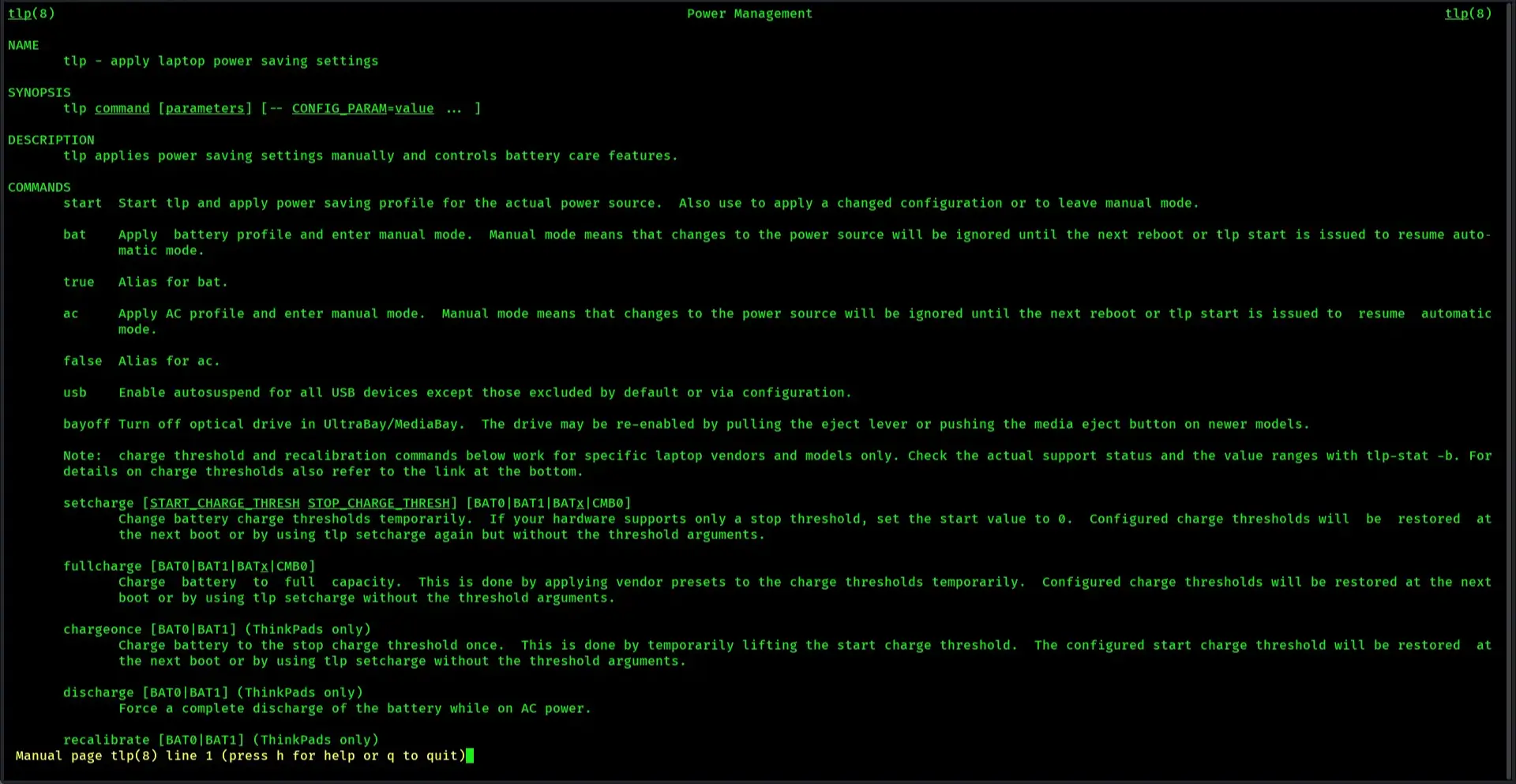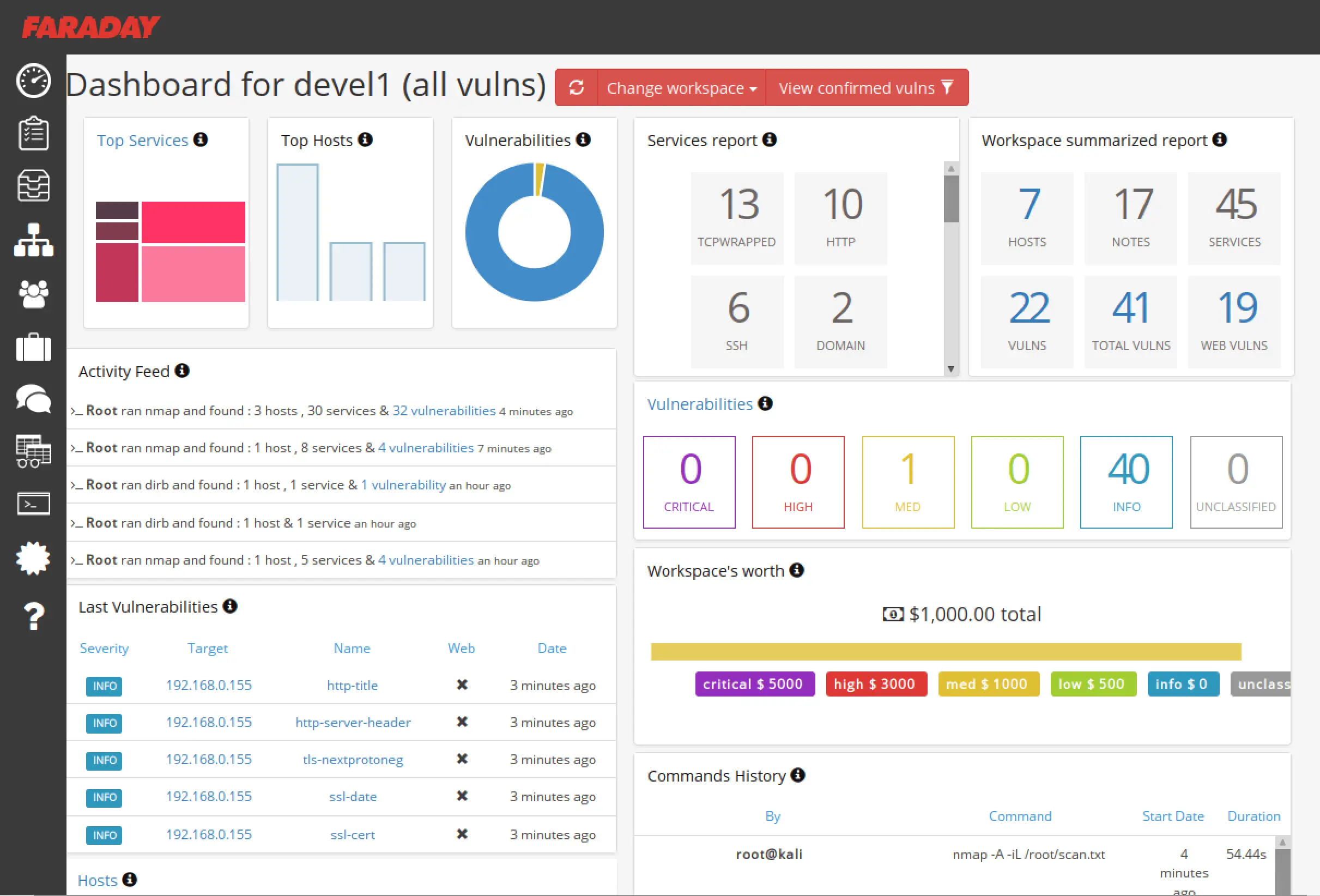Published on May 24, 2025
How to Install and Use TLP in Kali Linux to Optimize Battery Life

For Kali Linux users who use laptops, power management is one of the important factors in the user experience. By default, Linux-based distributions are not always optimized for battery life, especially for laptop devices. One of the best solutions to improve power efficiency and extend battery life is to use TLP (TLP Power Management).
This article will discuss in detail how to install TLP on Kali Linux and how to use it to optimize power consumption. We will also discuss the various features of TLP, advanced configurations, and additional tips for saving power in Kali Linux.
What is TLP?
TLP is an advanced power management tool for Linux-based operating systems. TLP is designed to provide automatic and easy-to-use power saving settings without the need for complex configurations. With its advanced features, TLP can optimize power usage on laptop devices, thereby extending battery life and improving energy efficiency.
TLP Features
Power Management Automation: TLP automatically applies optimal power settings based on the device status (battery or power).
Processor Configuration: TLP can set the CPU governor to save energy.
USB Auto-Suspend Control: Disables power for unused USB devices.
ASPM PCIe Management: Optimizes the power usage of PCIe devices.
Wi-Fi Power Saving Settings: Enables power saving mode for Wi-Fi adapters.
HDD and SSD Configuration: Sets power parameters for storage to be more efficient.
Graphics Card Management: Optimizes power consumption for devices with hybrid graphics cards.
How to Install TLP on Kali Linux
1. Updating Repository
Before installing TLP, make sure your system is up to date with the following command:
sudo apt update && sudo apt upgrade -y
This command will ensure all packages and dependencies on the system are up to date.
2. Installing TLP
To install TLP on Kali Linux, run the following command:
sudo apt install tlp tlp-rdw -y
This command will download and install TLP and any additional required modules.
3. Enabling and Running TLP
Once the installation is complete, TLP needs to be enabled and started with the following command:
sudo systemctl enable tlp
sudo systemctl start tlp
The above command ensures that TLP will run automatically every time the system starts.
4. Checking TLP Status
To ensure that TLP is running properly, use the command:
sudo tlp-stat -s
If TLP is enabled, you will see output indicating that the service is running.
Basic TLP Configuration
TLP is optimized by default, but if you want to customize further settings, you can edit its configuration file:
sudo nano /etc/tlp.conf
Some important parameters you can adjust in this file:
1. Power Save Mode for CPU
Use the following parameters to set the CPU power save mode:
CPU_SCALING_GOVERNOR_ON_BAT=powersave
CPU_SCALING_GOVERNOR_ON_AC=performance
This setting will use power save mode when on battery and performance mode when connected to AC power.
- CVE-2025-24091: iOS Security Flaw That Could Cause iPhone to Reboot Continuously
- Understanding Static Websites and Dynamic Websites: What's the Difference?
- Li-Poly Batteries: What They Are Made Of and How They Work
- CutyCapt on Kali Linux: Complete Guide
- Is Antivirus Still Necessary in 2025? Experts Reveal the Truth
2. Enable Power Saving Mode for Wi-Fi
Add the following line to enable power saving on the Wi-Fi adapter:
WIFI_PWR_ON_BAT=on
3. Optimize Graphics Card Usage
For laptops with hybrid graphics cards, you can enable power saving mode with:
RADEON_DPM_STATE_ON_BAT=low
RADEON_DPM_STATE_ON_AC=performance
After making the changes, save the file and restart the TLP service:
sudo systemctl restart tlp
How to Use TLP
TLP does not have a graphical interface (GUI), so all operations are done through the terminal. Here are some commands that can be used:
1. Checking TLP Status
Use the following command to view the current TLP status and configuration:
sudo tlp-stat -s
2. Viewing Settings Details
To get a complete report on power settings, use the command:
sudo tlp-stat -c
3. Testing Configuration
After making changes to the configuration, you can apply them directly without rebooting:
sudo tlp start
4. Setting Power Profiles Manually
If you want to manually set the power mode, use the following command:
echo 'powersave' | sudo tee /sys/devices/system/cpu/cpu/cpufreq/scaling_governor
Additional Tips to Save Battery in Kali Linux
In addition to using TLP, here are some additional steps that can be taken to save battery power in Kali Linux:
1. Lowering Screen Brightness
Reduce screen brightness with the command:
echo 50 | sudo tee /sys/class/backlight/intel_backlight/brightness
The number “50” can be adjusted as needed.
2. Turning Off Bluetooth When Not in Use
Disable Bluetooth to save power:
sudo systemctl stop bluetooth
3. Stopping Unnecessary Services
Turn off unused services:
sudo systemctl disable cups.service
The above command will disable unnecessary printing services.
4. Using Swap Wisely
Optimal swap configuration can help save power:
sudo sysctl vm.swappiness=10
Conclusion
TLP is a very useful tool for Kali Linux users, especially those who use laptops and want to save battery power. By following the guide above, you can install, configure, and use TLP to get better power efficiency. In addition, by applying additional tips, your laptop battery life can be more optimal when using Kali Linux.
Using TLP not only helps in reducing power consumption but also improves battery life in the long run. Make sure to continuously monitor and adjust the configuration according to your needs to get the best performance and efficiency.





